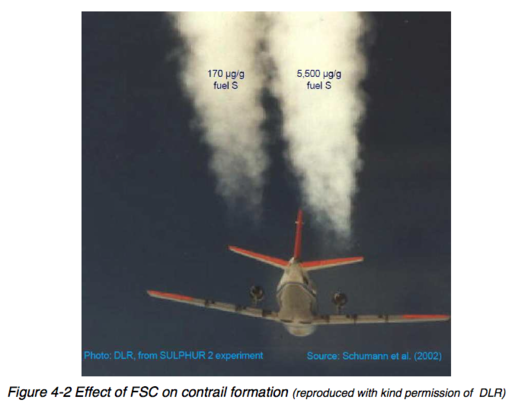I just proved that chemicals are being added to the fuel, [/quot]
Fuel is a chemical - several actually - in its own right. This chemical (a mix of several hydrocarbons) has other chemicals added to it for various purposes - the allowed chemical are listed in
Def Std 91-91 - anything other than what is listed in this is not allowed in civil aviation, and if you have any evidence that something else is being used then you should probably take it to hte police or civil aviation authorities.
he sulphur content in modern jet fuels is actually REDUCED from "normal" by refining companies in order to reduce pollution too - the standard allows 3000 parts per million, but it is often down around
4-780 these days - which costs a fair bit of effort to achieve.
that chemtrails really do persist longer than contrails,
There was nothing at all in your quote that supports such a conclusion that I can see.
and that there is an agenda behind it (money is more important than health to the big oil refiners) with just a few short posts!
Actually airliners could stop making contrails immediately by choosing to fly at non-contrail altitudes. This would almost always involve flying LOWER than they do not (since airliners are more efficient at high altitude so they try to fly as high as possible) - and so would result in burning more fuel therefore making more pollution.
Not quite the scenario as you see it!!
I should get some sort of an award for solving the entire Chemtrail controversy. Well I did what I set out to do (find evidence) by asking an unrelated question... It just took George B's service of stimulating the debate with new concepts before I connected all the dots and looked at the proper research. I'm going to bed. Chemtrails are real! Stick a fork in it. This thread is done. (Now just admit that I am right and give me thanks for my useful posts.)
Does your face go blue much??!!



